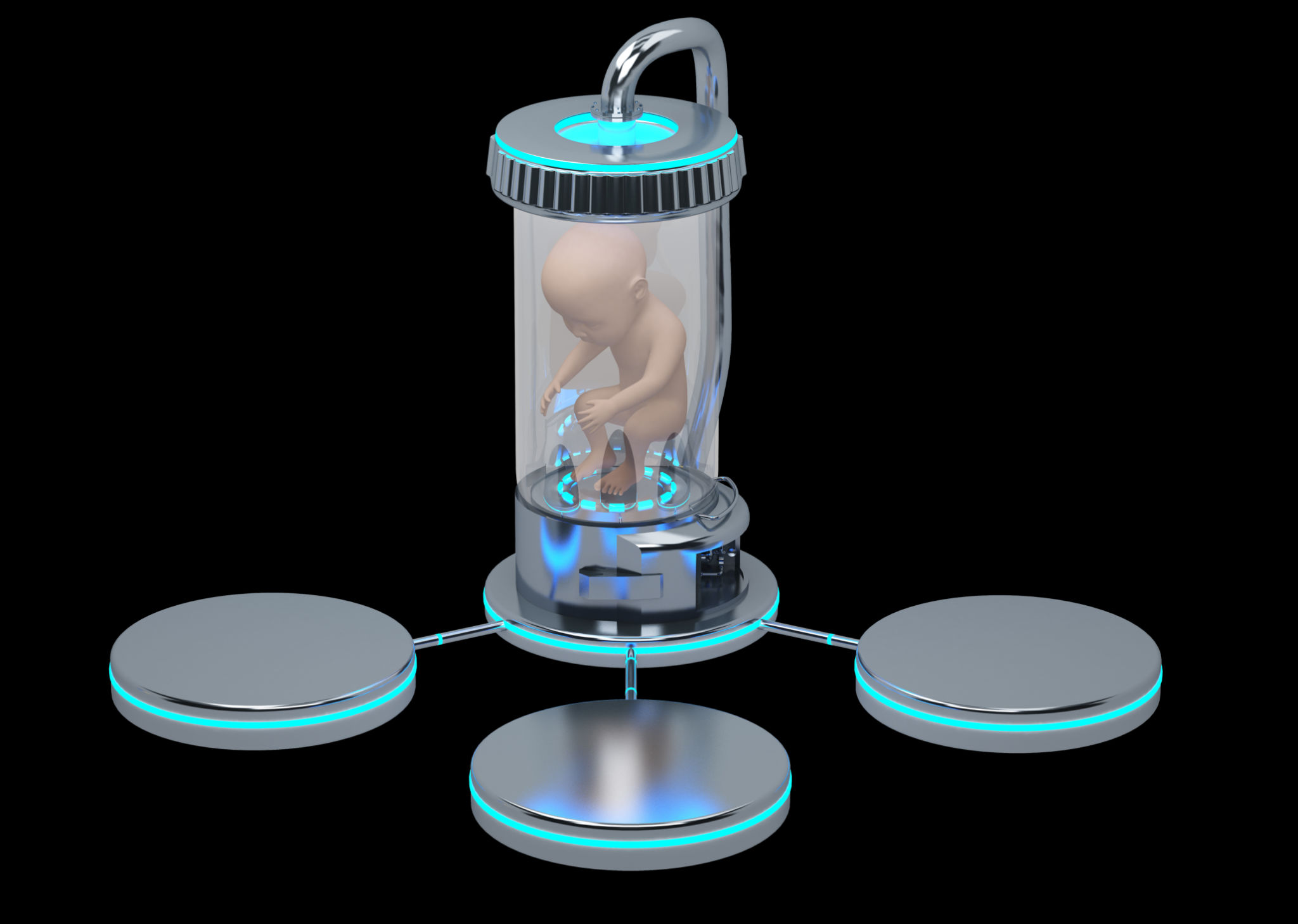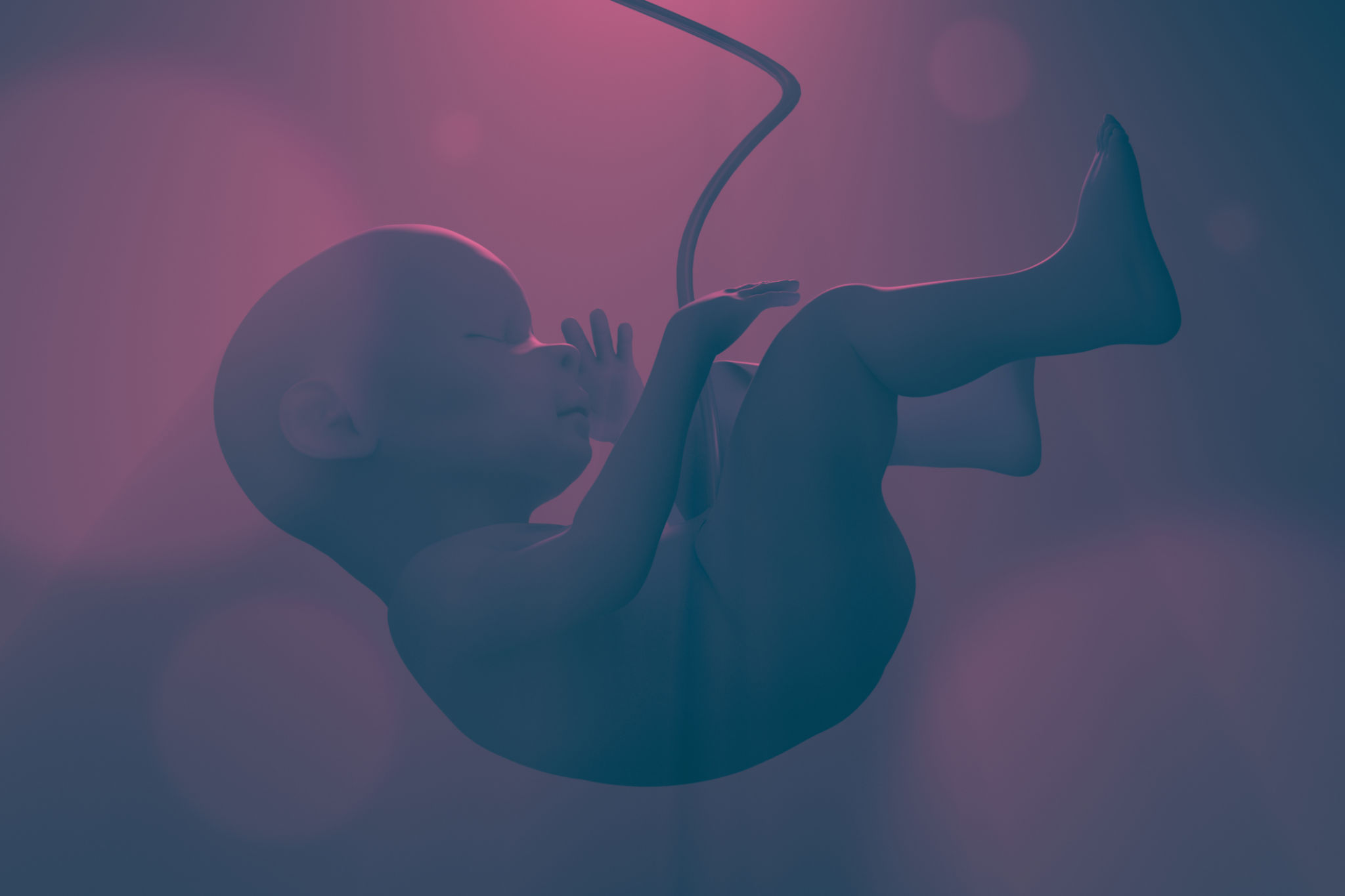Artificial Womb Technology: Revolutionizing Reproduction or Redefining Humanity?
Understanding the Artificial Womb
Artificial womb technology represents a groundbreaking development in the field of reproductive science, enabling the growth of a fetus outside the human body in a controlled, artificial environment. This technology replicates the conditions of a natural uterus, including nutrient delivery, oxygenation, and waste removal, ensuring the proper development of the fetus (Schneider, 2019). Pioneering concepts like EctoLife envision facilities powered by artificial intelligence (AI) capable of managing up to 30,000 lab-grown babies annually. These facilities promise precise monitoring, genetic tailoring, and customized developmental experiences.
The AI-Powered Artificial Womb Facility: A Game Changer
AI-powered artificial womb facilities are poised to address some of humanity’s most pressing issues, including infertility, population decline, and premature births. These facilities offer a pain-free alternative to traditional childbirth and mitigate risks associated with natural pregnancies, such as maternal mortality and complications during delivery (Hashem, 2024).
Countries facing population crises, like Japan and South Korea, stand to benefit immensely. Furthermore, the integration of AI enhances real-time monitoring, personalized nutrient delivery, and genetic editing capabilities, heralding a future where healthier, more resilient offspring become the norm. The combination of biotechnology and AI creates unprecedented opportunities but raises equally unprecedented ethical and societal questions.

Designer Children: A Glimpse into the Future
The concept of designer children involves editing genes to tailor physical, intellectual, and emotional traits. Using tools like CRISPR-Cas9, parents can select desirable attributes such as height, intelligence, and even personality traits (NPR, 2024). Proponents argue this could eliminate hereditary diseases and give children a competitive edge in life.
However, the prospect of engineered offspring raises concerns about exacerbating societal inequalities. Children conceived traditionally may find themselves at a disadvantage in a world dominated by genetically optimized individuals. This divide could mirror existing disparities in access to education and healthcare, potentially creating a new class hierarchy defined by genetic design.

Pros and Cons of Artificial Womb Technology
Pros:
1. Medical Advancements: Reduces risks associated with natural pregnancies, such as complications for women with medical conditions or those who have undergone uterine surgeries.
2. Population Growth: Offers a solution to declining birth rates in certain countries.
3. Elimination of Genetic Diseases: Allows the removal of harmful hereditary traits.
4. Improved Survival Rates: Provides premature babies with better chances of survival and development in a womb-like environment.
Cons:
1. Ethical Dilemmas: Raises questions about the moral implications of creating life artificially.
2. Socioeconomic Divide: May deepen inequalities as only affluent individuals can afford such technologies.
3. Loss of Natural Bonding: Critics argue that the emotional connection between mother and child during gestation cannot be replicated.
4. Potential for Abuse: Could lead to exploitation, such as cloning or mass production of individuals for unethical purposes.
Proponents vs. Naysayers: A Debate
Proponents of artificial womb technology view it as a leap forward for reproductive autonomy and medical science. They highlight its potential to empower individuals who cannot conceive naturally and reduce the risks of childbirth. Advocates also emphasize its applications in addressing global health and population challenges (Schneider, 2019).
Conversely, critics warn of dystopian consequences, such as the commodification of human life and the erosion of the natural family structure. Concerns over corporate control, eugenics, and the psychological implications of being born in a lab further fuel opposition. Religious and cultural groups often argue that this technology infringes on fundamental human values and spiritual beliefs.
Conclusion: A Brave New World or a Cautionary Tale?
Artificial womb technology stands at the crossroads of innovation and ethical complexity. While it promises revolutionary advancements in reproductive healthcare, it also challenges societal norms and values. The prospect of designer children introduces questions about equity, humanity, and the definition of parenthood. As with any disruptive innovation, its implementation must be carefully regulated to balance its benefits and risks.
Ultimately, the artificial womb presents both an opportunity and a challenge: to use technology responsibly while preserving the essence of what it means to be human. Society must navigate this uncharted territory with vigilance, compassion, and a commitment to ethical integrity, ensuring that science serves humanity rather than redefines it.
Listen to our Deep Dive podcast to further explore the Artificial Womb Technology:
References
Hashem Al-Ghaili. (2022, December 9). EctoLife: the world’s first artificial womb facility [Video]. YouTube. https://www.youtube.com/watch?v=O2RIvJ1U7RE
NPR. (2024). Artificial womb technology aims to reduce premature birth complications. Retrieved from https://www.npr.org/sections/health-shots/2024/04/12/1241895501/artificial-womb-premature-birth
Schneider, S., Getty, & Financial Times Limited. (2019). Merging with AI would be suicide for the human mind. In Financial Times.
